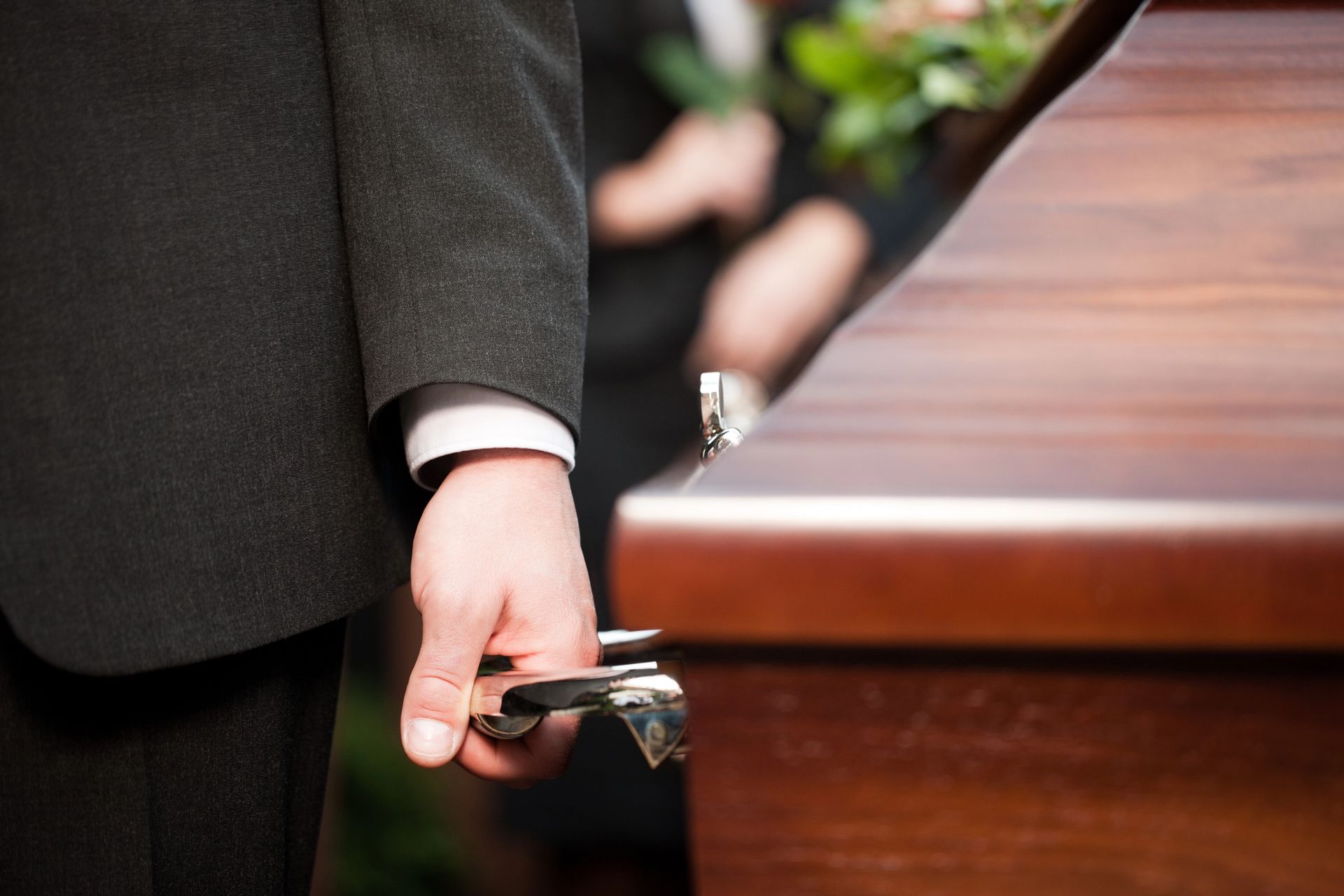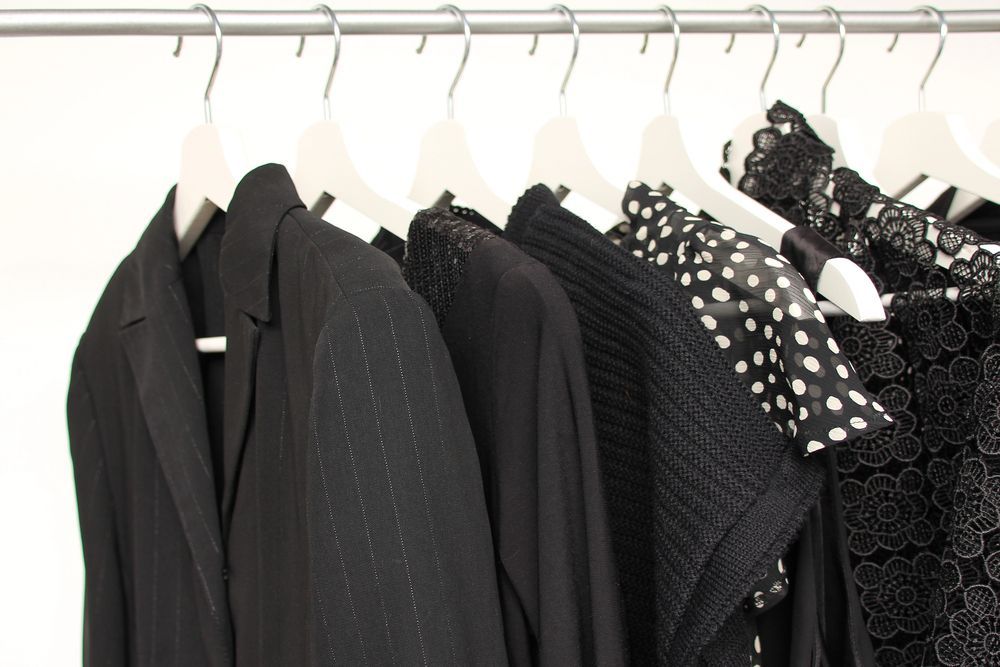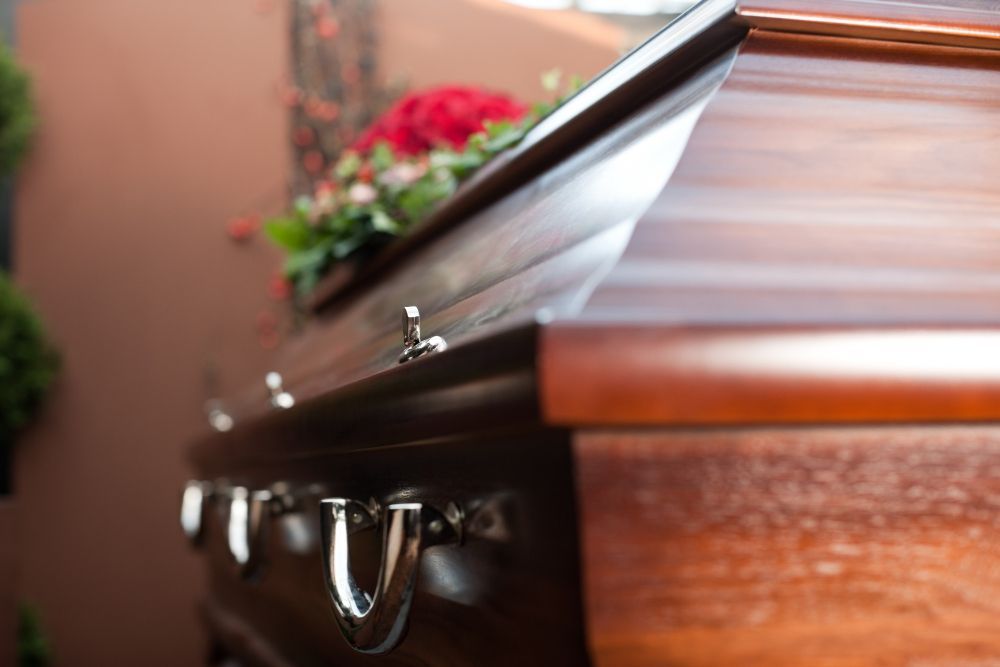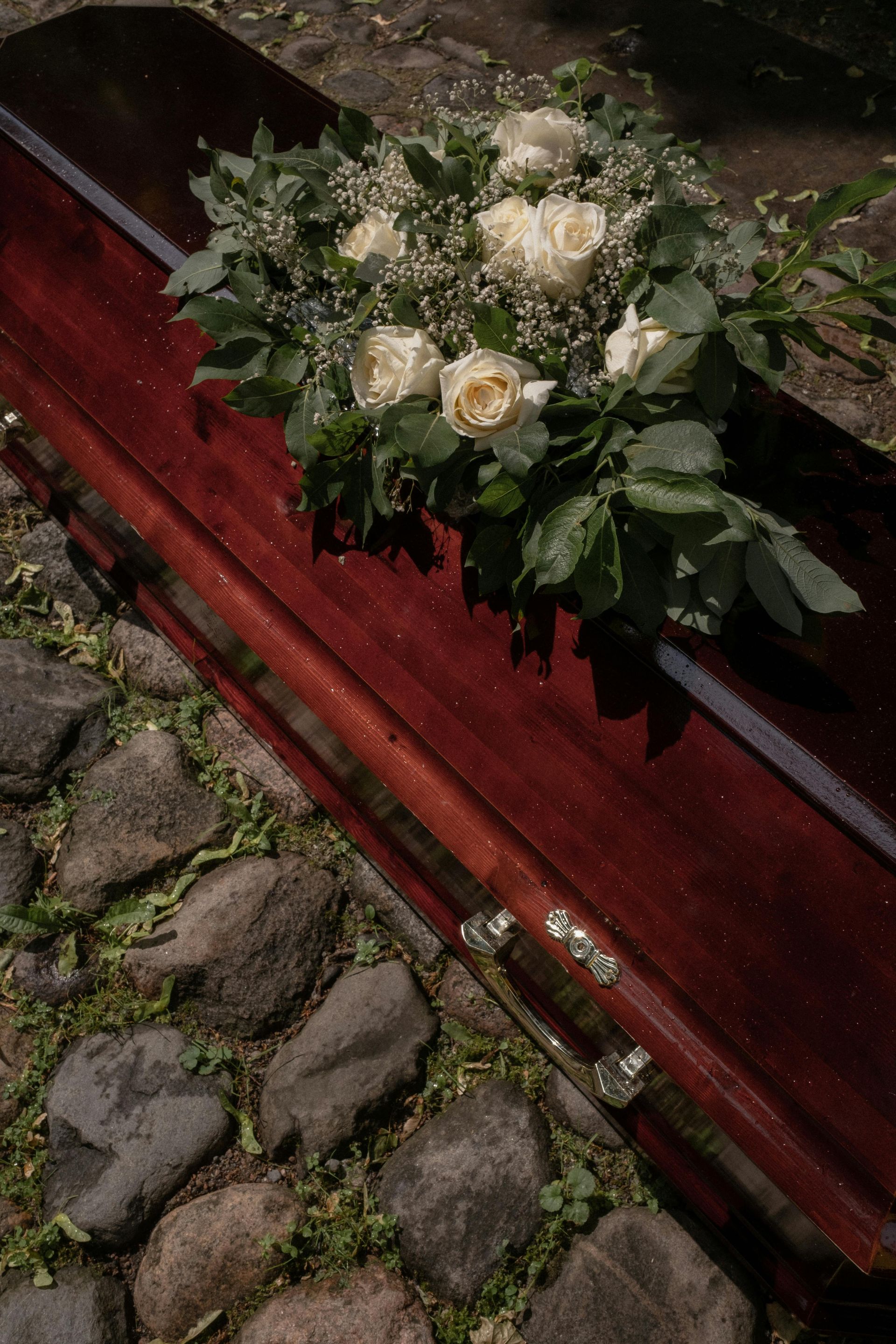
Losing a loved one is incredibly challenging, and understanding what happens next can help provide some comfort during this difficult time. This blog offers an overview of the process involved in caring for and preparing the body of a loved one after death.
We’ll walk you through the immediate steps following a person’s passing, including how the body is handled and prepared, and what to expect if individuals want to help care for the body.
What happens when someone passes?
When someone dies, the people involved are presented with a choice to either care for the body of their loved one, or entrust that responsibility to someone else.
Immediate Steps after Death
Once death has been pronounced and authorities notified, the body is prepared for transport. The body is often moved to a funeral home or mortuary, where it will be cared for according to the family’s wishes. Whether the body will be buried, cremated, or prepared for any specific religious or cultural rituals, this is the time for loved ones or funeral professionals to begin the necessary arrangements.
For those who choose to care for the dead, it's often a way to provide respect to the person who has passed. This can include preparing the body, arranging a funeral or memorial service, and handling burial or cremation. Some cultures and individuals prefer natural methods, such as home funerals, where family members may wash and dress the body, keeping it at home before the burial.
Others may choose professional care through a funeral director, who ensures will follow the same practices preparing it for burial or cremation. This is ultimately down to preference of the loved ones, and occasionally, it can be important for them to help care for the body of their loved one.
Cultural and Religious Considerations
It is important to follow and respect the traditions and beliefs of the deceased and their loved ones.
Religious and cultural practices provide structure, comfort, and meaning, helping those left behind to grieve while ensuring that the deceased is honoured in accordance to the way they lived. From prayers and chants to specific religious rituals, these practices are an integral part of the mourning process.
While we cannot speak for the wide variety of cultural and religious communities who are deeply familiar with their own practices, we understand that they know best how to care for their deceased in a way that reflects their beliefs. Their experience and knowledge within their traditions offer the most respectful and appropriate ways to honour the dead.
Caring for the body of a loved one
There are many steps that will need to be taken in order for the body to be properly cared for.
Before any work begins, the environment for care must be prepared. The area should be clean, quiet, and private, with all necessary supplies laid out, such as gloves, mild soap, warm water, towels, and any chosen clothing for the deceased. If cultural or religious rituals are involved, the appropriate tools and sacred items should also be on hand.
Washing the body
The first step is to wash the body carefully, starting with the face and moving downward.
What is used: Warm water, mild soap, clean towels, washcloths, and gloves.
Process: The body will be gently cleaned with warm water and soap. Care is taken to wash each area delicately to avoid causing distress to the family or disrespecting the body.
Special Considerations: If there are religious or cultural rituals, such as anointing the body or specific prayers, these should be observed during this stage.
The process of washing the body is done with great care. This step is often guided by the religious or cultural practices of the deceased. For example, in certain faiths, such as Islam, a ritual washing is required before burial, with specific methods for cleansing the body. Even when not bound by religious rites, the washing is carried out delicately, ensuring the deceased is treated with dignity throughout.
Washing and caring for hair
The hair is washed and styled according to the preferences of the family or cultural norms. Whether it’s combing the hair into a simple, neat style or following a more traditional grooming practice, this step ensures that the deceased’s appearance reflects their individuality. The attention to detail in hair care honours both the deceased and the family’s wishes, allowing them to be remembered as they would have wanted.
Nail Cleaning
Fingernails and toenails are carefully cleaned and trimmed as part of the grooming process, ensuring the deceased is well-presented. This simple yet meaningful step ensures that every aspect of the body is tended to, adding to the overall sense of respect and care.
Drying and Preparing the body
After washing and grooming, the body should be gently dried.
- Towels: Use clean, dry towels to softly pat the body dry.
- Positioning: The body may be positioned in a natural, restful pose at this stage, in preparation for dressing.

Dressing the body
The deceased is dressed in clothes chosen by the family, which may include a favourite outfit, traditional garments, or something significant to their life. Some families may opt for formal wear, while others prefer comfortable or meaningful clothing, like a uniform or culturally important attire. These decisions offer an opportunity to reflect the deceased’s personality and values.
When choosing the clothes, one thing to consider is whether you are choosing cremation or burial. As with cremation there are certain things your loved ones won’t be able to wear such as, a watch, hearing aids. As such this might impact the jewellery chosen for the loved one to wear.
Dressing Process: The body is dressed with care, using techniques to ensure the clothing fits smoothly and naturally. If the body is stiff (due to rigor mortis), slight bending of the joints may be required to allow clothing to fit properly. In some cases, funeral staff may use hidden fasteners to secure garments in place, ensuring the deceased looks comfortable and well-dressed.
Adding Jewellery and Personal Belongings
Any jewellery or personal items that the family wishes to include should be placed on the body.
This includes items such as wedding rings, necklaces, or religious symbols, all of which should be handled with care and positioned properly, according to the family's wishes.
Personal Keepsakes: Some families may include keepsakes like letters, photos, or sentimental objects. These are placed with respect, either on the body or inside the coffin if appropriate.
Final Preparations
After the body has been cleaned, groomed, and dressed, it is ready for viewing or transport.
Adjustments: Any final adjustments are made to ensure the body looks dignified and peaceful. The funeral home staff or caregivers may smooth the clothing, arrange the limbs comfortably, and ensure that the body is well-presented.
Viewing Preparation: If the family plans to hold a viewing, special care is taken to create a serene and comforting presentation. For burials, the body is prepared for placement in the coffin.
Final Thoughts
Caring for the body of a loved one after death is a deeply personal and meaningful act. Whether done at home by family members or entrusted to professionals, the process is one that requires sensitivity, respect, and honouring the deceased’s life and beliefs. From the careful washing of the body to the selection of clothing and personal items, each step is an opportunity to reflect on the individual and provide them with the dignity they deserve in death.
For those who choose to be involved in the process, it can offer a sense of closeness, comfort, and connection in an otherwise difficult time. Regardless of the approach, the key is to ensure that the deceased’s final wishes and the cultural or religious practices of the family are honoured.
Ultimately, the care of the body is not just a physical task, but a way of preserving the memory of those we love, allowing their journey to come to a close, and caring for a loved ones body can be a beneficial way of processing and grieving your loved one.
How else can we help?
Can’t find what you’re looking for?
We’re happy to answer any questions you have. Just drop us a line, or give us a call.
01902 246 040 // 81 Tempest Street, Wolverhampton, WV2 1AA
Tailored Funerals. All Rights Reserved | Privacy Policy | Terms of Business
We use cookies to ensure that we give you the best experience on our website. To learn more, go to the Privacy Page.




